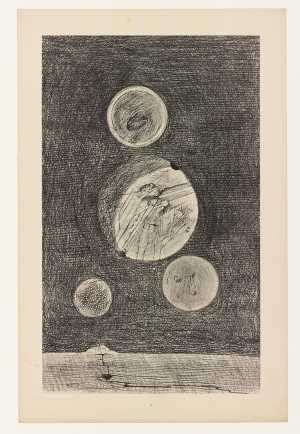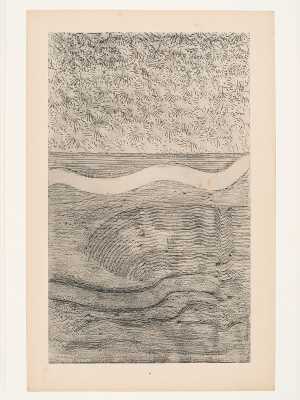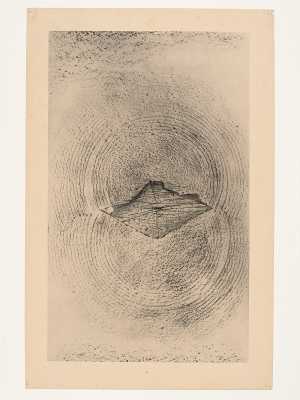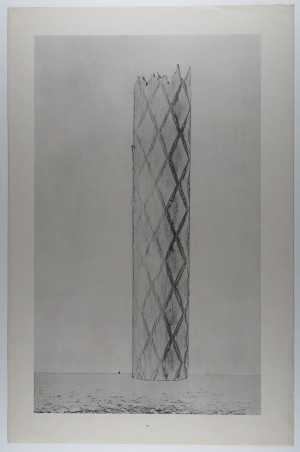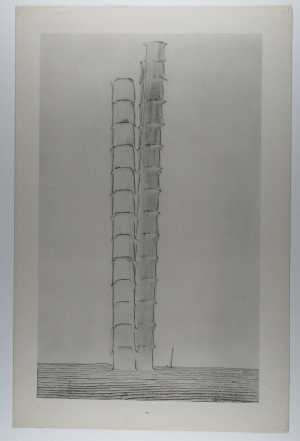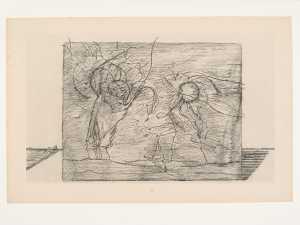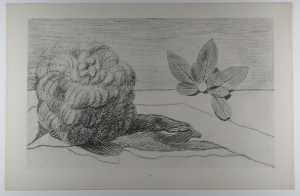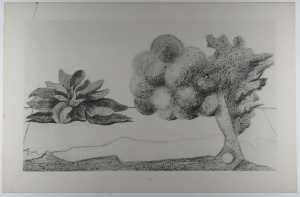After the First World War, Max Ernst was one of the founders of the Dada movement in Cologne. In 1924, Ernst was also closely involved in the foundation of surrealism in Paris. Ernst was interested in the art of the mentally ill and in the irrationality of the subconscious and this can be found in his paintings and collages. In 1938, Ernst officially broke with the surrealists, but this did not, however, have any influence on the style of his work and during the Second World War in America he continued to work with André Breton and Marcel Duchamp on the surrealist magazine VVV. After the war his work become more lyrical and increasingly abstract and he concentrated on producing sculptures.

Max Ernst
Brühl 1891 - Parijs 1976





